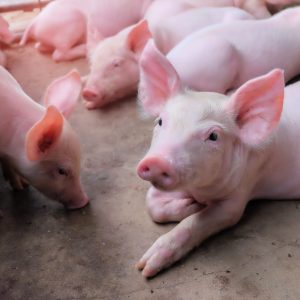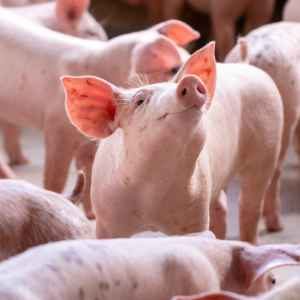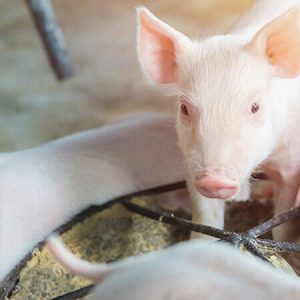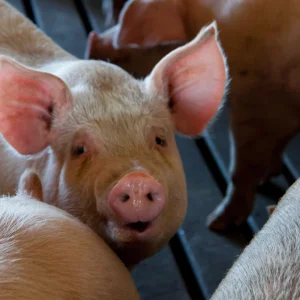Feeding and water management are two of the most critical aspects of pig farming. Proper nutrition and access to clean, fresh water are essential for the growth, health, and productivity of pigs. Whether you are raising pigs for meat production, breeding, or other purposes, a well-designed feeding and water drinking system can make a significant difference in the efficiency and profitability of your operation.
In this article, we will explore the key components of feeding and water drinking systems for pig farming, offering guidance on best practices for ensuring optimal performance, reducing waste, and improving overall animal welfare.
The way you feed your pigs can have a significant impact on their growth rates, reproductive performance, and feed conversion efficiency. There are several different types of feeding systems, each suited to different stages of pig production and farming operations.
Dry feeding systems, such as self-feeders or automatic feeders, are commonly used for pigs in the growing and finishing stages. These systems typically dispense dry feed such as pellets or meal, providing pigs with consistent access to food.
Wet feeding involves mixing water with dry feed to create a slurry or mash. This system is often used in larger commercial farms to reduce feed dust and improve feed intake. Liquid feeding systems may also include fermented feed, which has additional digestive benefits for pigs.
Total mixed rations involve blending different feed ingredients (grains, forages, protein sources, minerals, etc.) into a complete, balanced meal for pigs. This system is commonly used for sows and piglets, as it ensures that each bite provides all the essential nutrients pigs need for growth and reproduction.
Batch feeding involves providing pigs with a specific portion of feed at scheduled times throughout the day. This can be done manually or through automatic systems, and it is often used in smaller farms or for pigs in specific stages of production.

Ensure that the feed you provide is of high quality, free from contaminants, and formulated to meet the nutritional needs of pigs at different growth stages (e.g., nursery, growing, finishing, breeding). Good-quality feed improves feed conversion rates and reduces the likelihood of health issues.

Track the feed conversion ratio (the amount of feed required to produce a unit of weight gain) to assess the efficiency of your feeding system. Lower FCR values indicate better feed efficiency, which can lead to cost savings and improved profitability.

The frequency and amount of feed provided should match the pigs' growth stage and dietary requirements. Younger pigs or sows with higher nutritional needs may require more frequent feedings, while older, finishing pigs can often be fed less frequently.

Proper feed storage is essential to prevent contamination, mold growth, and nutrient degradation. Store feed in cool, dry conditions, and use appropriate handling methods to maintain its quality.
©2025. Rao Farm. All Rights Reserved.